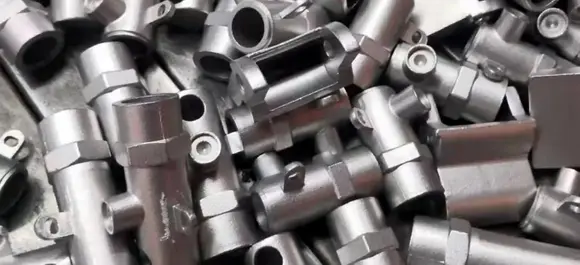Mobile:+86-311-808-126-83
Email:info@ydcastings.com
turbine housing
Understanding Turbine Housing Crucial Component in Turbine Design
Turbine housing is a fundamental component in the design and operation of various types of turbines, including gas turbines, steam turbines, and even wind turbines. This housing serves not only as a protective shell but also plays critical roles in the efficiency, performance, and safety of the turbine systems in which they are integrated.
At its core, turbine housing encapsulates the turbine core, where the conversion of energy takes place. Whether it is thermal energy from combustion in gas turbines or the conversion of steam energy in steam turbines, the housing maintains the necessary environment for these processes. One of the primary purposes of turbine housing is to contain and guide the flow of working fluids, such as hot gases or steam, directing them through the turbine blades where the energy conversion occurs.
Materials and Design Considerations
The materials used in turbine housings must be able to withstand extreme conditions. For instance, in gas turbines, the housing must endure high temperatures and pressures, necessitating the use of high-strength alloys that can resist thermal expansion and oxidation. Common materials include high-temperature stainless steels and nickel-based superalloys, which offer superior mechanical properties and corrosion resistance.
Design also plays a critical role in the performance of turbine housing
. Engineers must consider the aerodynamic profile and structural integrity of the housing to minimize losses in efficiency. For instance, a well-designed housing will reduce turbulence and allow for a laminar flow of gases, improving the overall efficiency of the turbine system.Moreover, the incorporation of cooling channels within the housing can significantly enhance performance. These channels help in dissipating heat away from the turbine components, thus maintaining the operational integrity of the turbine. Effective thermal management is crucial, as overheating can lead to material degradation and eventual turbine failure.
Impact on Efficiency and Performance
turbine housing

The efficiency of a turbine largely depends on the effectiveness of its housing. An optimized housing design can reduce friction losses and optimize the speed of the working fluid, leading to improved energy extraction. For gas turbines, for instance, even small improvements in the housing design can lead to substantial increases in overall efficiency, which is critical in the competitive energy market where operational costs need to be minimized.
In wind turbines, while the concept of housing is a bit different, it still plays a vital role. The nacelle housing protects the turbine's mechanical and electrical components from environmental elements, ensuring reliability and longevity. Furthermore, the housing must be designed to minimize aerodynamic drag, thus maximizing the energy captured from the wind.
Safety Considerations
Safety is another paramount concern in turbine housing design. Because turbines operate under high pressures and temperatures, the housing must be robust enough to contain any potential failures. Malfunctions can lead to catastrophic results, affecting not only the turbine itself but also the surrounding areas. Engineers must incorporate safety features and adhere to strict regulatory standards during the design and testing phases to ensure that the housing can withstand such stresses.
Future Trends and Innovations
As technology continues to advance, new materials and design methodologies are emerging. Researchers are exploring the potential of additive manufacturing, or 3D printing, to create lighter and more intricate turbine housings. This technology could lead to enhanced performance and reduced material waste, as well as the ability to create complex geometries that were once impossible to achieve.
In conclusion, turbine housing is much more than a simple shell; it is a critical element that significantly influences the performance, efficiency, and safety of turbine systems. As engineers and researchers continue to innovate, the future of turbine design will undoubtedly see advancements that further optimize this essential component, leading to more efficient and reliable energy systems across various industries. Understanding the complexities and significance of turbine housing is essential for anyone involved in the field of turbine technology.
-
Why Should You Invest in Superior Pump Castings for Your Equipment?NewsJun.09,2025
-
Unlock Performance Potential with Stainless Impellers and Aluminum End CapsNewsJun.09,2025
-
Revolutionize Your Machinery with Superior Cast Iron and Aluminum ComponentsNewsJun.09,2025
-
Revolutionize Fluid Dynamics with Premium Pump ComponentsNewsJun.09,2025
-
Optimizing Industrial Systems with Essential Valve ComponentsNewsJun.09,2025
-
Elevate Grid Efficiency with High-Precision Power CastingsNewsJun.09,2025











